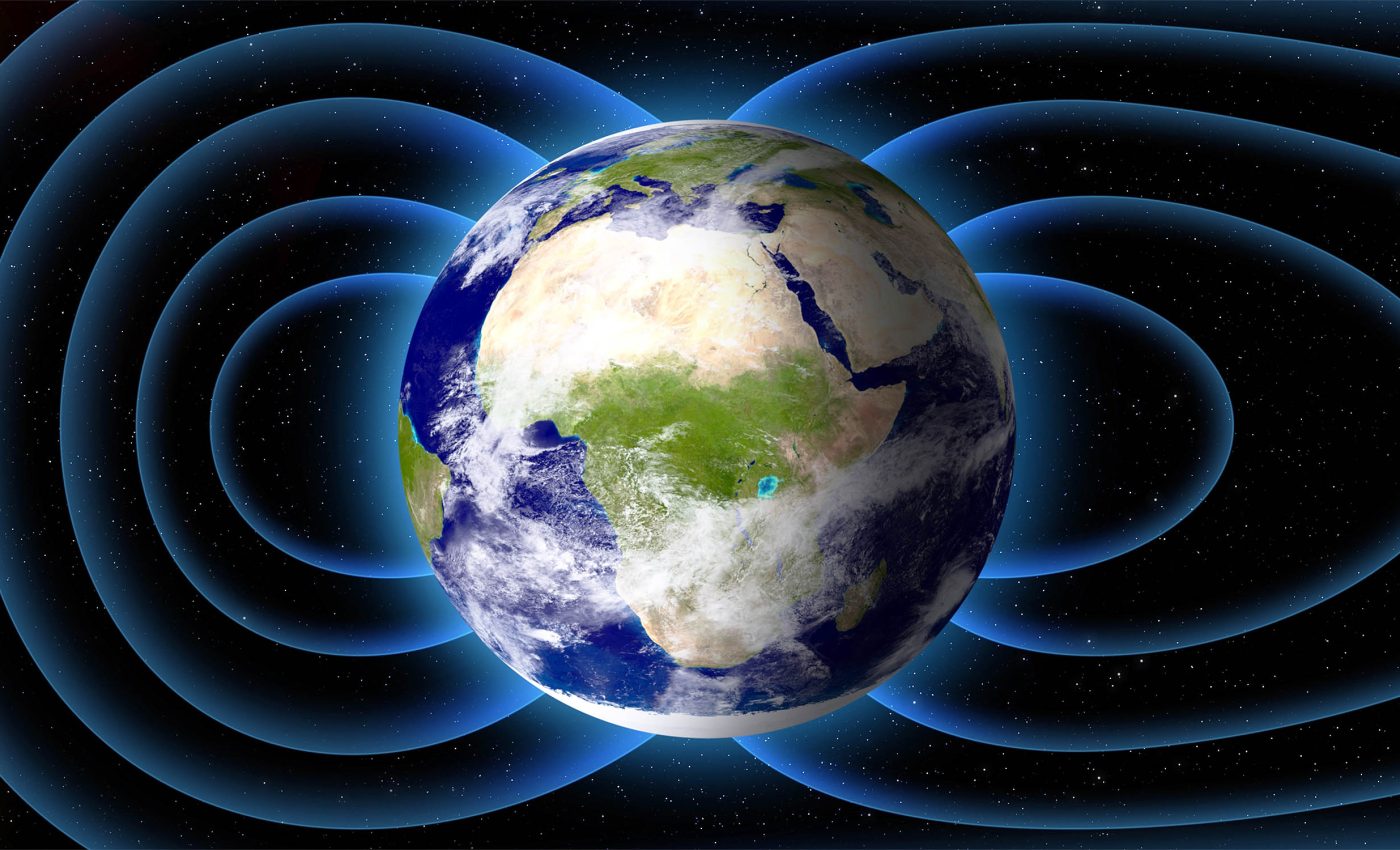
Doughnut-shaped region discovered in Earth's liquid core impacts our magnetic field
Did you know there is a lot more to our planet than meets the eye? We’re talking about a completely new, doughnut-shaped region discovered within the Earth’s liquid core by scientists from The Australian National University (ANU).
This region, with its unique doughnut-shaped structure, provides vital insights into the dynamics of our planet’s magnetic field.
Discovering the ‘doughnut’ in Earth’s liquid core
The doughnut-shaped region is nestled only at low latitudes and lies parallel to the equator, residing where the liquid core meets the mantle.
This area could only be revealed recently, thanks to the meticulous efforts of ANU seismologists. The Earth’s core comprises two parts: a solid inner core and a liquid outer core.
Both are enveloped by the Earth’s mantle. Our newly discovered region sits at the top of Earth’s outer core.
Seismic waves
Professor Hrvoje Tkalčić, the study’s co-author and a geophysicist at ANU, shares some insights into this unusual feature.
Seismic waves, he says, move slower in this newfound region than anywhere else in the liquid outer core.
“The region sits parallel to the equatorial plane and is confined to the low latitudes, forming a doughnut shape,” remarks Tkalčić.
However, the precise thickness of the ‘doughnut’ still eludes the team. They estimate that it could stretch a few hundred kilometers beneath the core-mantle boundary.
Innovative approach
Tkalčić and his team took a unique approach to this discovery by deviating from traditional seismic wave observation techniques.
Rather than focusing on signals generated by earthquakes within the first hour, the ANU scientists chose to delve deeper, analyzing similarities in waveforms several hours after the earthquake’s origin. This innovative method led to their breakthrough discovery.
By meticulously scrutinizing the geometry of the waves’ paths and their journey through the outer core, they successfully reconstructed their travel times, thus revealing the previously unknown region with low seismic speeds.
Earth’s liquid core ‘doughnut’ mysteries
Dr. Xiaolong Ma, another study co-author, explains that this discovery sheds light on some yet unsolved mysteries of Earth’s magnetic field dynamics.
Dr. Ma emphasizes that understanding the Earth’s outer core still requires multidisciplinary efforts from seismology, mineral physics, geomagnetism, and geodynamics.
The outer core, predominantly composed of liquid iron and nickel, plays a crucial role in generating Earth’s magnetic field.

This is primarily due to the vigorous movement of the electrically conductive liquid within the core. The magnetic field thus created acts as a protective shield around Earth, sustaining life by shielding us from solar winds and harmful radiation.
Tkalčić suggests that understanding the Earth’s outer core’s composition, particularly the presence of light chemical elements, is pivotal for comprehending the magnetic field and predicting its potential weakening or cessation.
Significance of the findings
The discovery of the doughnut-shaped region not only enriches our understanding of Earth’s inner workings but may also have far-reaching implications for geophysical research and our comprehension of tectonic activities.
By providing a more nuanced view of the outer core, scientists can refine existing models of mantle dynamics and improve forecasts regarding seismic activities.
This knowledge could also enhance our ability to interpret historical seismic data, allowing researchers to draw parallels between current and past geological events, thus offering a clearer picture of Earth’s developmental timeline.
Future research on Earth’s liquid core
As researchers continue to investigate the characteristics of this newly uncovered region in Earth’s liquid core, several exciting avenues for future study emerge.
For instance, advancing imaging techniques and computational models will be paramount in accurately determining the doughnut’s thickness and understanding its material properties.
Additionally, interdisciplinary collaborations that involve not only seismologists but also geochemists and mineralogists will be essential.
Why should you care?
We all know that Earth’s magnetic field plays no small role in shrugging off the sun’s damaging solar particle storms.
But did you know that the explored low velocity within the liquid core hints at a high concentration of light chemical elements that can slow down seismic waves?
These light elements, coupled with temperature variations, stir the liquid in the outer core, and we have our magnetic field.
The importance of Earth’s magnetic field cannot be emphasized enough — it’s one of the key reasons life thrives on our beautiful planet.
From scientists to laymen, the dynamics of Earth’s magnetic field continues to pique interest worldwide. Findings like these can open doors to more research about the magnetic field on Earth and beyond.
The findings from this exciting study have been published in Science Advances.
—–
Like what you read? Subscribe to our newsletter for engaging articles, exclusive content, and the latest updates.
Check us out on EarthSnap, a free app brought to you by Eric Ralls and Earth.com.
—–













